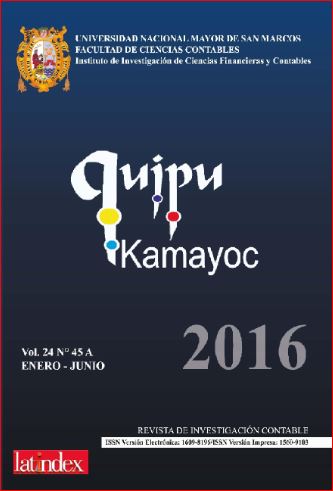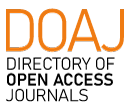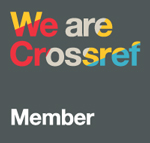MEASURING THE TIC IMPACT ON THE ACCOUNTING PROFESSION TEACHING
DOI:
https://doi.org/10.15381/quipu.v24i45.12464Keywords:
Information and Communication Technology, teaching and learning, continuous improvement, competitive advantagesAbstract
The present research seeks to answer the question: What is the measurement model to assess the impact of the ICT use in the teaching-learning process to obtain a formative improvement of public accountants in national universities of Lima Metropolitan Area? The work addresses this subject and bases its proposal on the theories of teaching, learning and continuous improvement. That starts with a cross descriptive non-probabilistic analysis methodology with a field design. A survey was applied consisting of 40 closed questions, stablished with the Likert scale and validated by the experts judgment.
The results of the research can be summarized as follows: (a) The existence of ICTs in national universities allows them to optimize their teaching skills and learning, (b) the national universities that have implemented ICT are able to promote formative continuous improvement of Public Accountants. (C) Measuring the impact of ICT contributes to the creation of competitive advantages in technological capabilities of national universities.
Downloads
Downloads
Published
Issue
Section
License
Copyright (c) 2016 Carmen Isabel Villanueva Ipanaqué

This work is licensed under a Creative Commons Attribution-NonCommercial-ShareAlike 4.0 International License.
AUTHORS RETAIN THEIR RIGHTS:
a. Authors retain their trade mark rights and patent, and also on any process or procedure described in the article.
b. Authors retain their right to share, copy, distribute, perform and publicly communicate their article (eg, to place their article in an institutional repository or publish it in a book), with an acknowledgment of its initial publication in Quipukamayoc .
c. Authors retain theirs right to make a subsequent publication of their work, to use the article or any part thereof (eg a compilation of his papers, lecture notes, thesis, or a book), always indicating the source of publication (the originator of the work, journal, volume, number and date).





























